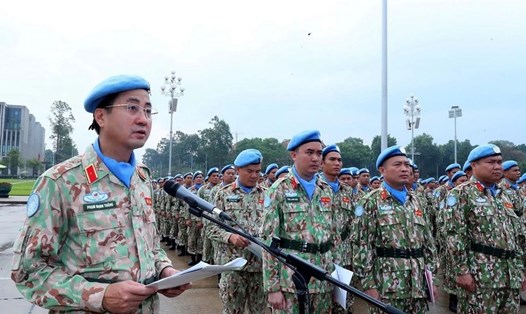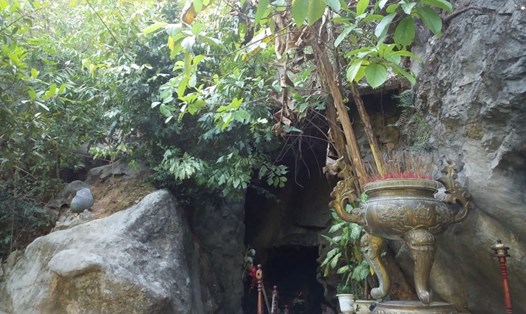The Eight Ladies Cave Historical Site (also known as Eight Volunteers Cave) has become a "red address" for locals and tourists when coming to Quang Binh. Over the past 50 years, the story of the volunteers who devoted their youth to national independence is still there. But up to now, the Site has not yet met the expectations of locals, tourists and the government.
Lao Dong Newspaper started publishing a series of articles about Hang Tam Co - a "red address", a place to educate patriotism, a tribute from future generations; as well as the work of preserving and promoting the value, worthy of the relic.
Hit the road in your twenties
These days, Mr. Nguyen Tu Vy - Head of the Management Board of the Memorial Temple for the Heroes and Martyrs of Road 20 - Quyet Thang (known as Hang Tam Co, Tan Trach Commune, Bo Trach District, Quang Binh Province) is preparing for the commemorative program on November 14.
Rearranging the relics excavated in Hang Tam Co, Mr. Vy began to tell about the heroic feats here.
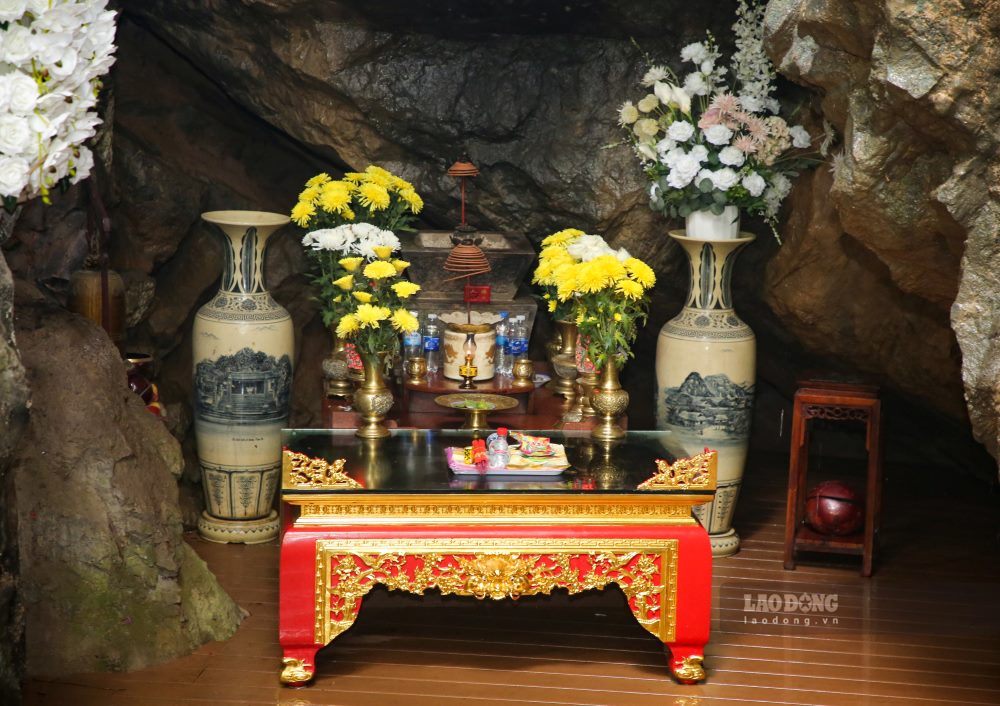
Hang Tam Co had its name before 1972. Documents and records show that there were 8 young girls who took shelter in the cave, so the locals named it Hang Tam Co. Later, the cave was also known as the cave of 8 young volunteers.
Eight Ladies Cave is 20m deep and 10m wide, convenient for soldiers and youth volunteers to take shelter during the war.
During the resistance war against the US to save the country, the Truong Son Road - Ho Chi Minh Trail played an important role in transporting human and material resources from the great rear of the North to the front line of the South. During 16 years (1959-1975) with more than 6,000 days and nights until the day the South was completely liberated, to protect the smooth route, tens of thousands of soldiers and youth volunteers died.
Among those thousands of heroic sacrifices, the event of 8 youth volunteers sacrificing their lives is still one of the memorable milestones on the 20 Quyet Thang road in the fiery land of Quang Binh.
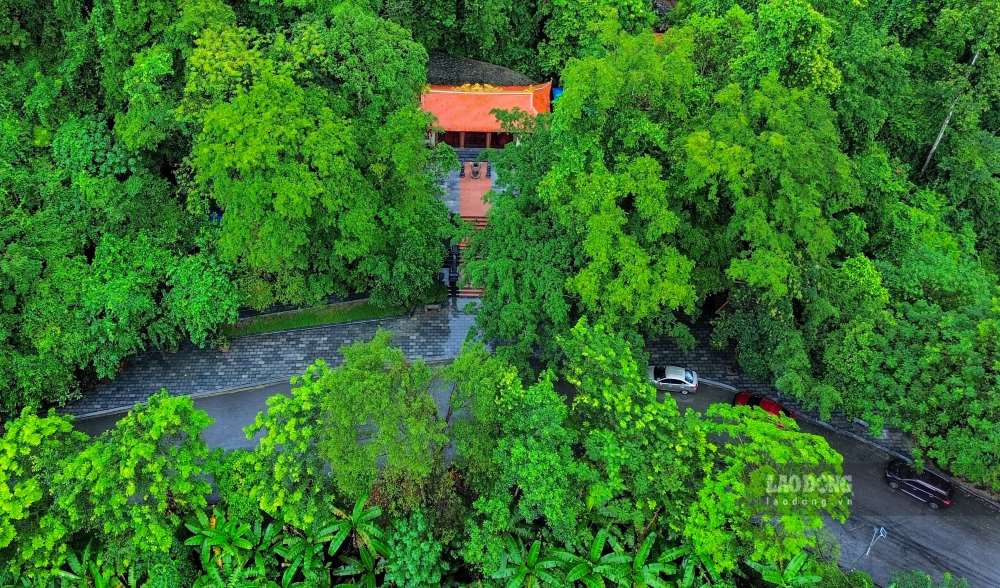
At that time, like many other young men in the village, the brothers and sisters including Nguyen Van Hue, Do Thi Loan, Le Thi Luong, Tran Thi To, Le Thi Mai, Hoang Van Vu, Nguyen Mau Ky, Nguyen Van Phuong (all from Hoang Hoa district, Thanh Hoa province) enthusiastically went to join the battlefield in the South when they had just turned eighteen.
After a long journey to Quang Binh, on June 20, 1971, they were assigned to the youth volunteer team 163, C217 of Division 67 operating on route 20 - Quyet Thang.
Youth left here
On the late autumn afternoon of November 14, 1972, the sky and space around Route 20 were gray and shattered by the roar of airplane engines and B52 bombs. As usual, B52 bombs were dropped in exactly 3 series, and the surface of Route 20 was plowed up and destroyed.
But what caught the attention of those on duty at Km16+500 was a strange, deep, heavy noise that made the entire mountain forest tremble as if it had just suffered a high-intensity earthquake.
After the bomb smoke cleared, the youth volunteers went back to the road to fill in bomb craters, treat injured comrades and search for missing people. While taking shelter from the bombs in a small cave by the roadside, the youth volunteer squad consisting of To, Luong, Loan, Mai, Hue, Phuong, Vu, Ky (four men, four women) had their cave entrances destroyed by a bomb.
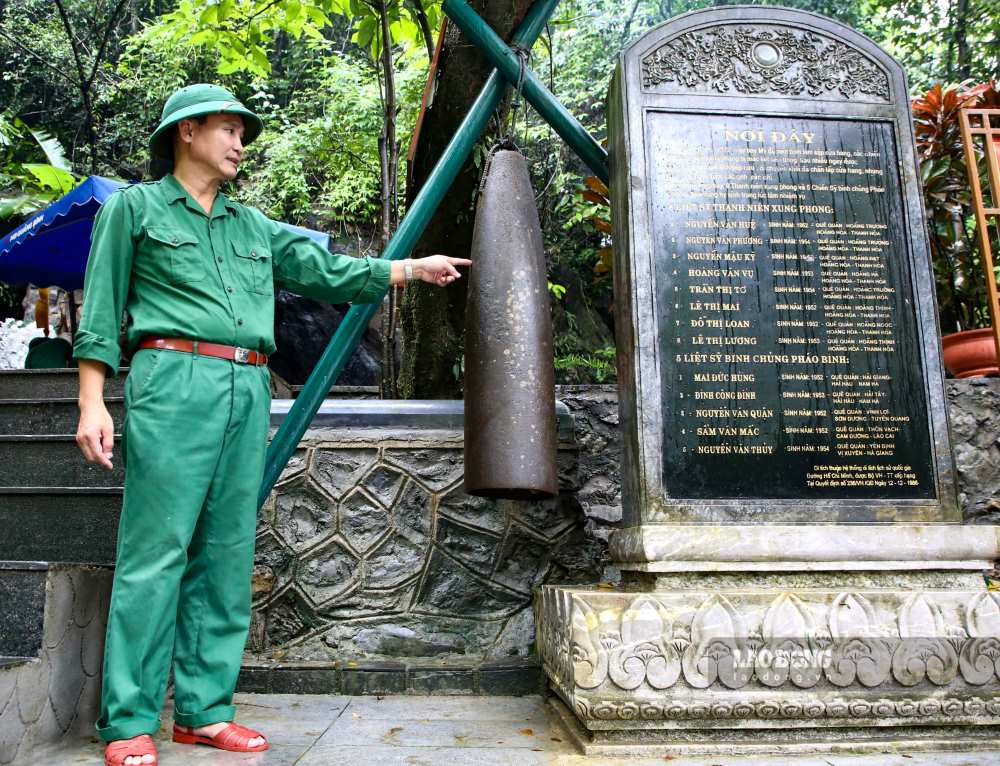
To save those trapped in the hundreds of tons of rock deep underground, many options were discussed. If using mines to break the cave entrance, the pressure of the mines could cause the teammates in the cave to die immediately. The optimal solution was to use 3 tracked vehicles to move the rock blocking the cave entrance. However, after many efforts, the hundreds of tons of rock remained as a challenge to people's hearts. They could only look at each other in despair, tears rolling down their pale and haggard faces after many sleepless nights trying to find a way to rescue their teammates.
Hollowed out tubes, B1 pills, and crushed dry food were poured into the cave through the tubes to prolong life.
The cries echoed endlessly through the Truong Son mountains, like needles piercing deep into the hearts of everyone. By the ninth day, the people outside could no longer hear the cries from the cave. They knew that their comrades in the cave had gone forever.
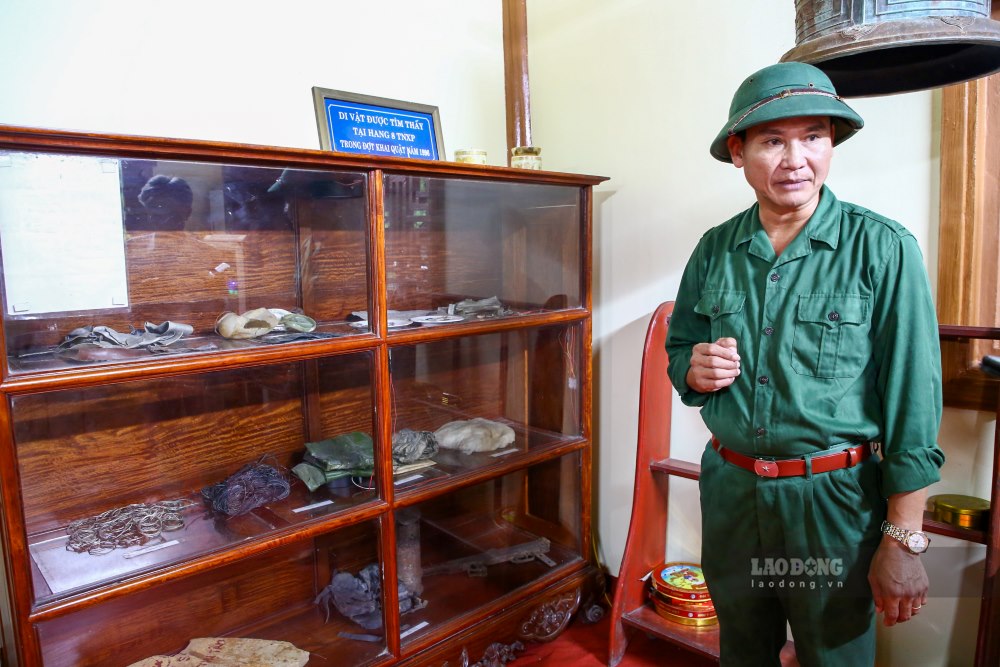
The war was over, the country and homeland returned to peace. After a meeting between the Department of Labor, Invalids and Social Affairs and the Military Command of Quang Binh Province, on March 22, 1996, the first mine to destroy the cave entrance was detonated.
On June 4, 1996, after 24 years of being buried in a cave in the middle of Truong Son, the remains of the martyrs were found and brought back to their hometown cemetery for burial. The search results also showed that, in addition to the martyrs in the cave, there were also 5 artillery soldiers who died outside the cave entrance, while leveling the road to clear the route.
The Eight Ladies Cave relic was restored by the local government and ranked as a National Historical Relic in 2013. The cave entrance was restored, next to it is the Memorial Temple for the heroic martyrs of Route 20 - Quyet Thang.
Now, the memorial site at Km16+500 Road 20 Quyet Thang has been built at the place where the brothers and sisters fell. Everyone has chosen the most beautiful flowers to place at the cave entrance and bowed to commemorate the sons and daughters who fell for the country's eternal existence.










